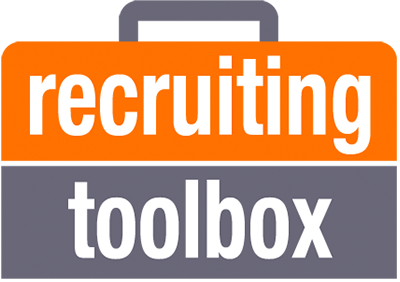Recruiting Toolbox Blog
The 1-10-100 Rule
When I was a young Jedi, learning the ways of corporate recruiting, I learned about a concept that wasn’t new, but was framed up so well that I’ve incorporated it into our Talent Advisor and Recruiting Leadership training now, 20 years later. It’s called the 1-10-100 rule.
Using an Analogy to Explain the 1-10-100 Rule
Imagine you’re running an auto manufacturing plant. And it turns out you have a problem with the new cars’ braking systems. Something is wrong, and the brakes will fail if the problem isn’t fixed. What does it cost you to fix the brakes now, before the cars leave the plant? Let’s say it costs you 1. 1 million dollars, 1 extra week to to find and implement a fix, 1 extra month of delayed shipments. Whatever it is, it costs you a unit of 1.

But let’s say you don’t discover the problem before the new cars leave the manufacturing plant. You find out weeks later, after the cars have all been shipped to dealers or showrooms. Now what’s it cost you? 10x. 10 times more money, hassle, time. 10x more than it would have cost you if you’d fixed the problem when it was “small” and in your control. Now it’s way more expensive to do all the communications work with dealers or showrooms, to get the cars repaired when they’re far away, or to recall all the cars back to get fixed in repair shops. Ugh. This sucks. You don’t want this option.
But wait, it can get worse. What if you don’t realize there’s a problem until after the cars are purchased and in customer’s garages, being driven? Now the cost is 100x. 100 times more communication needed, way more public relations and brand/reputation headaches, way more expensive to coordinate getting the cars recalled and fixed, way more liability for you and your company, and worst of all, if the brakes fail, people will get hurt. This is terrible.
So, the lesson is obvious here. Deal with problems when they’re small, when they’re easier and cheaper to prevent. Don’t let problems grow to 10x or 100x in size.
So, what? How does this apply to recruiting?
What’s the connection to recruiting, then? You’ve probably figured this out already. As recruiters, we want to deal with terrible and inaccurate job ads, unrealistic hiring manager expectations, unrealistic target candidate profiles, unrealistic salary expectations, poor interviewing skills and capacity, an interviewing team not aligned on “what good looks like,” and poor candidate experience EARLY. At the kickoff meeting (don’t call it an intake, please).
If we educate and push back on unrealistic expectations around salary - for example - now, when the req is first opened, it might be a little painful, but not nearly as painful to us and our businesses if that req stays open an extra 30 days because we’ve wasted time sourcing candidates we can’t afford, or worse, interviewing and getting to the offer stage with candidates we can’t close. What a waste.
Now imagine all of the things that are easier to deal with when it’s early in the recruiting process that get 10x or 100x more expensive if we don’t address them early. Wasting candidate time, wasting interview team time, fatter funnels (because we end up having to interview way more candidates), more blaming that we’re (recruiting) not doing our jobs, and 10 other things, including poor performing hires and costly backfilling.
Dealing with unrealistic expectations, poor process, poorly defined needs, uneducated hiring managers, and misaligned hiring teams early is what the best Talent Advisor recruiters do. They recognize and highlight the cost of doing ineffective things early, educate and/or push back on hiring managers, and definitely don’t just play the “order taker” role.
You might say, yeah, I get it, John. I try to do this now, already.
Framing
I know, this isn’t rocket science. But I’m always on the lookout for ways to frame things up with hiring managers to get them to invest a little more time upfront, which often saves them pain and time later. So, maybe the next time you’re working with a hiring manager who isn’t making time for a proper kickoff/strategy meeting with you, or wants you to do something that you know will lead to waste or delays, you use this analogy around car manufacturers - or come up with your own, better example of the 1-10-100 rule in practice.
I find the more we can help hiring managers understand cause-effect by using non-HR language (HR-language is NOT their love language), the more effectively we can influence, educate, and help them get what they really want: more speed, more quality, more diversity.
© Recruiting Toolbox, Inc.
No duplication or re-posting without express written permission of Recruiting Toolbox, Inc. - contact us at www.RecruitingToolbox.com/
